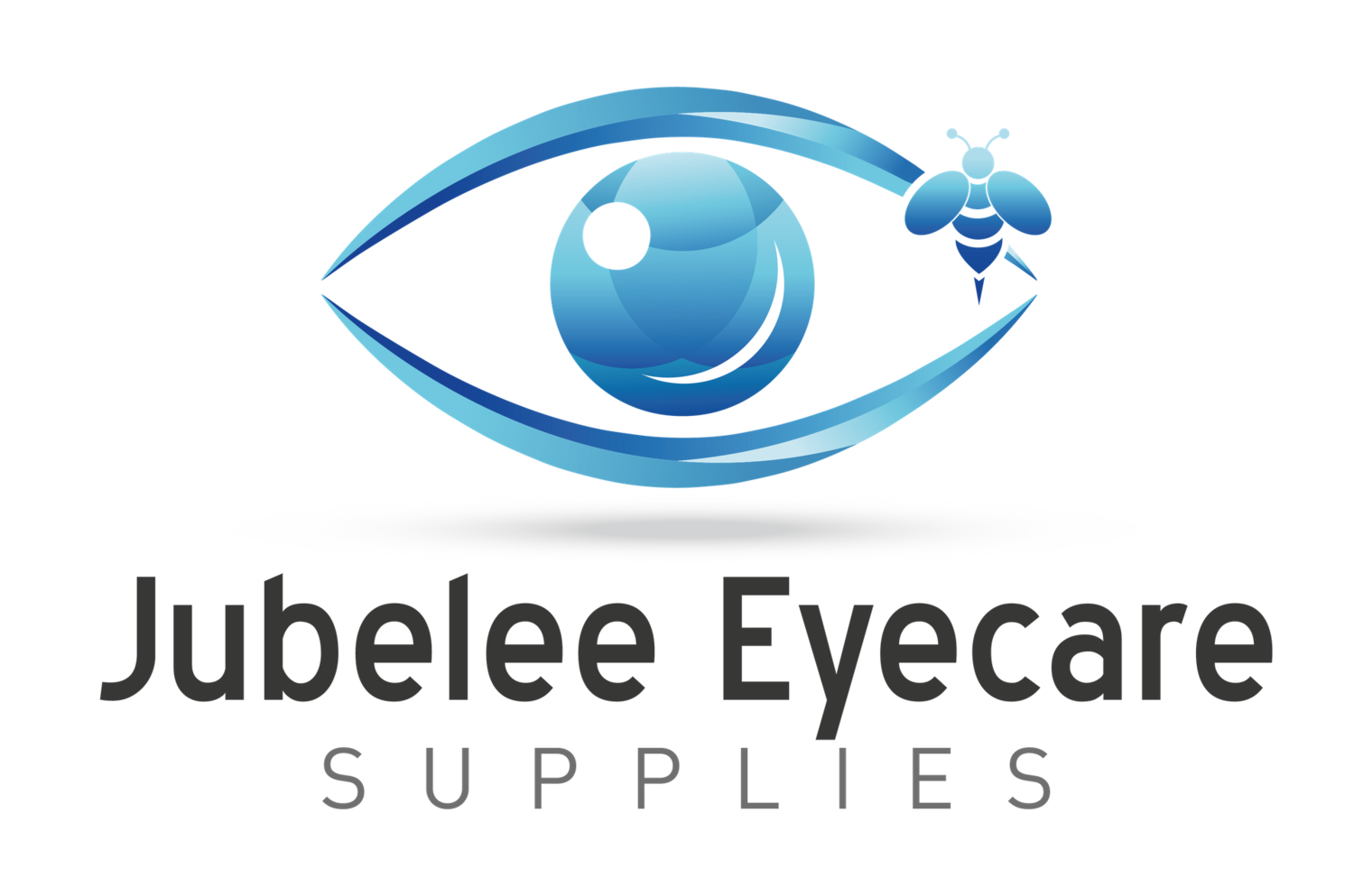Surprising Facts about Dry Eye
If you’re seeking an answer to the question “What is Dry Eye”, chances are you (or a family member) have been experiencing one or more of the following symptoms:
a burning or stinging sensation in the eye;
red, irritated eyelids and lash line, that feels sandy or gritty;
sensitivity to light;
difficulties wearing contact lenses;
blurred vision.
You might be surprised however to learn that dry eye may also manifest as pain behind the eye; or even, contrary to the name, your eyes may not actually feel “dry”. Some people find that it makes their eyes seem more ‘weepy’ than normal, or they experience excessive tearing!
Dry Eye Syndrome may affect one, or both eyes.
What Causes Dry Eye?
Dye eye occurs when there is a problem with the tear film which is meant to protect the surface of the eye. This tear film is a complex substance which consists of salty water, oils, and mucin, and is distributed across the eye ball every time you blink.
The irritating symptoms of dry eye may arise due to:
a problem with the consistency of the tear film that is produced;
a blocked meibomian gland;
environmental factors which increase the rate of evaporation (eg constant exposure to air conditioning);
behaviours which slow your blink rate (eg staring at a computer screen for prolonged periods);
wearing contact lenses;
the hormonal changes associated with menopause, HRT, or contraceptive use;
some medications;
following laser or cataract surgery;
autoimmune disorders such as rheumatoid arthritic, diabetes, of Sjogren’s syndrome.
When an optometrist or other eye clinician diagnoses dry eye syndrome, they may recommend management strategies such as improving lid hygiene, applying warm moist compresses, or increasing humidity in the air.
Artificial tear supplements, gentle lid massage, the use of Blephasteam goggles, or even Intense Pulsed Light (IPL) Therapy may also be prescribed.
Surprising New Relief for Dry Eye Syndrome
Up until fairly recently however, eye drops were usually steroid based which with sustained use can cause damage to delicate tissue.
It is only in the last ten years or so that researchers have discovered how honey eye drops like Optimel TM can help relieve the symptoms of dry eye - and at Jubelee Eyecare Supplies Brisbane, we are proud to have been instrumental in bringing this surprising new dry eye treatment to Australian consumers.
Please contact us if you have any questions about Optimel TM manuka honey eye drops or gel or how to order.
References:
Effect of antibacterial honey on the ocular flora in tear deficiency and meibomian gland disease. Albietz JM, Lenton LM. Cornea. 2006 Oct;25(9):1012-9.
The international workshop on meibomian gland dysfunction: report of the subcommittee on management and treatment of meibomian gland dysfunction. Geerling G, Tauber J, Baudouin C, Goto E, Matsumoto Y, O'Brien T, Rolando M, Tsubota K, Nichols KK. Invest Ophthalmol Vis Sci. 2011 Mar 30;52(4):2050-64. Free PMC Article
The international workshop on meibomian gland dysfunction: report of the subcommittee on anatomy, physiology, and pathophysiology of the meibomian gland.
Knop E, Knop N, Millar T, Obata H, Sullivan DA.Invest Ophthalmol Vis Sci. 2011 Mar 30;52(4):1938-78. Print 2011 Mar.Free PMC Article
Management of the ocular surface and tear film before, during, and after laser in situ keratomileusis. Albietz JM, Lenton LM. J Refract Surg. 2004 Jan-Feb;20(1):62-71.

